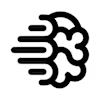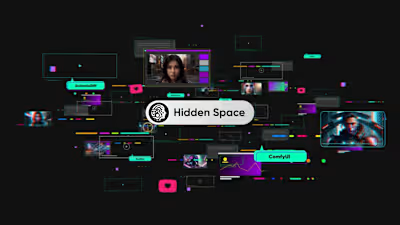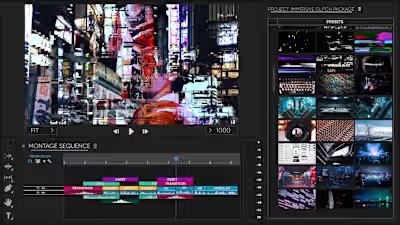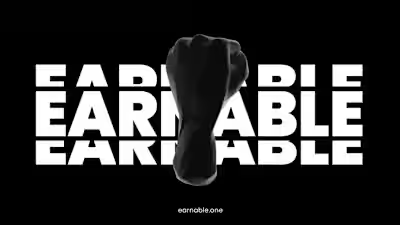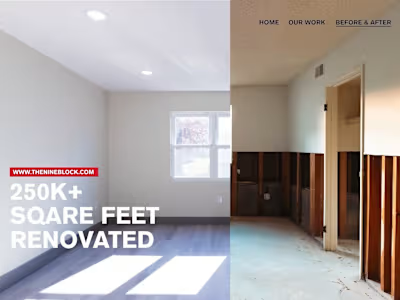Built with Ideogram
Generative Branding Lecture Materials
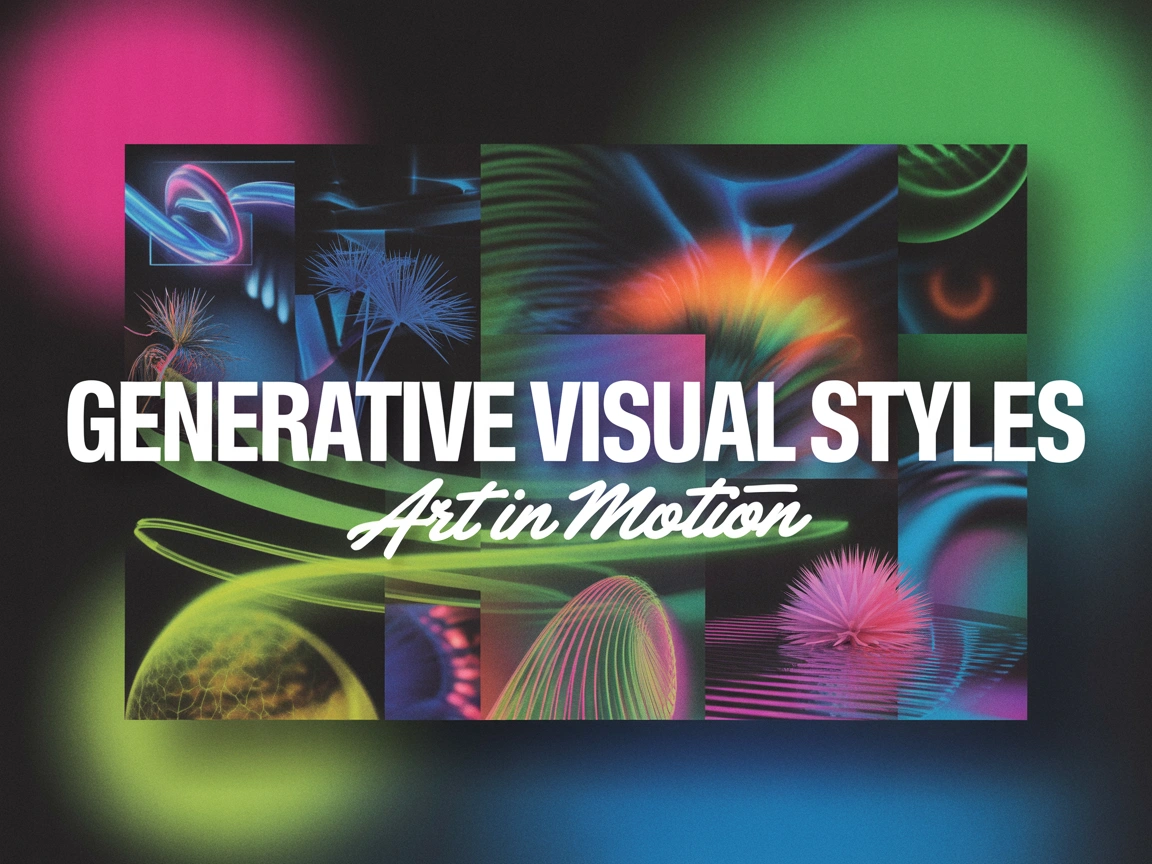
Generative Branding Lecture Assets
🔹 Introduction:
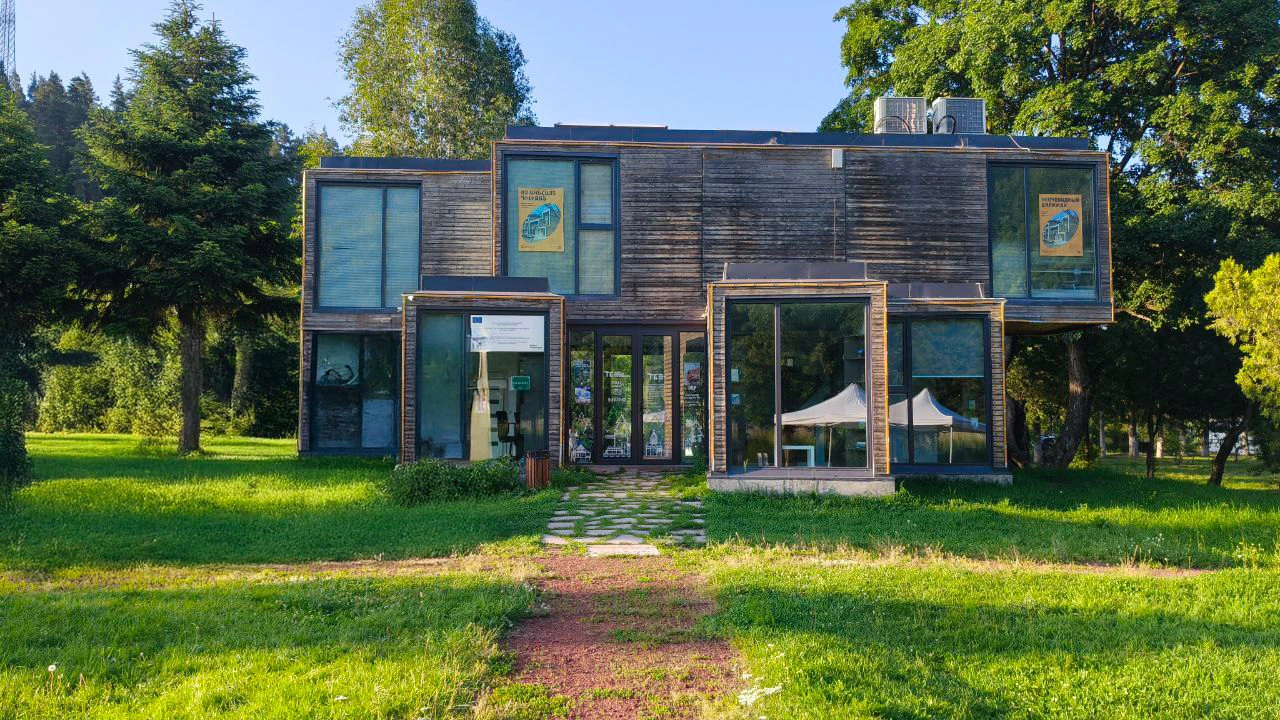
Dilijan Space
This project showcases how generative AI tools — specifically Ideogram — can be used to create educational and branding assets for lectures and creative sessions.
The work was part of a live lecture led by Serge Green in Dilijan, Armenia, focused on using AI-generated visual styles to build brand identities and modular content systems for marketing.
🔹 Project Goal:
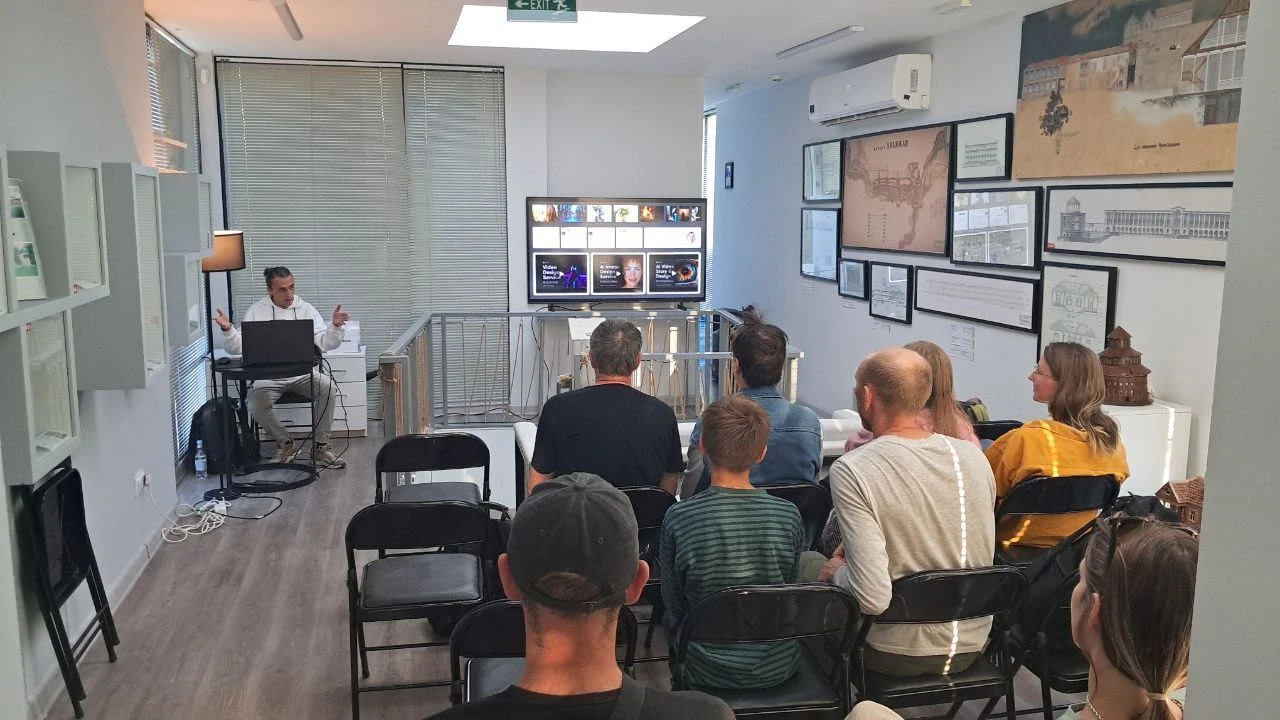
Before Lection is start
To prepare and visualize educational materials for a lecture on generative visual styles and branding, with a strong focus on content marketing and practical AI tools.
The goal was to:
Demonstrate the capabilities of generative AI in visual communication
Use Ideogram to design style-driven assets (posters, covers, slides)
Help the audience quickly grasp the principles of brand identity and content strategy through visuals
Lecture Cover via Ideogram
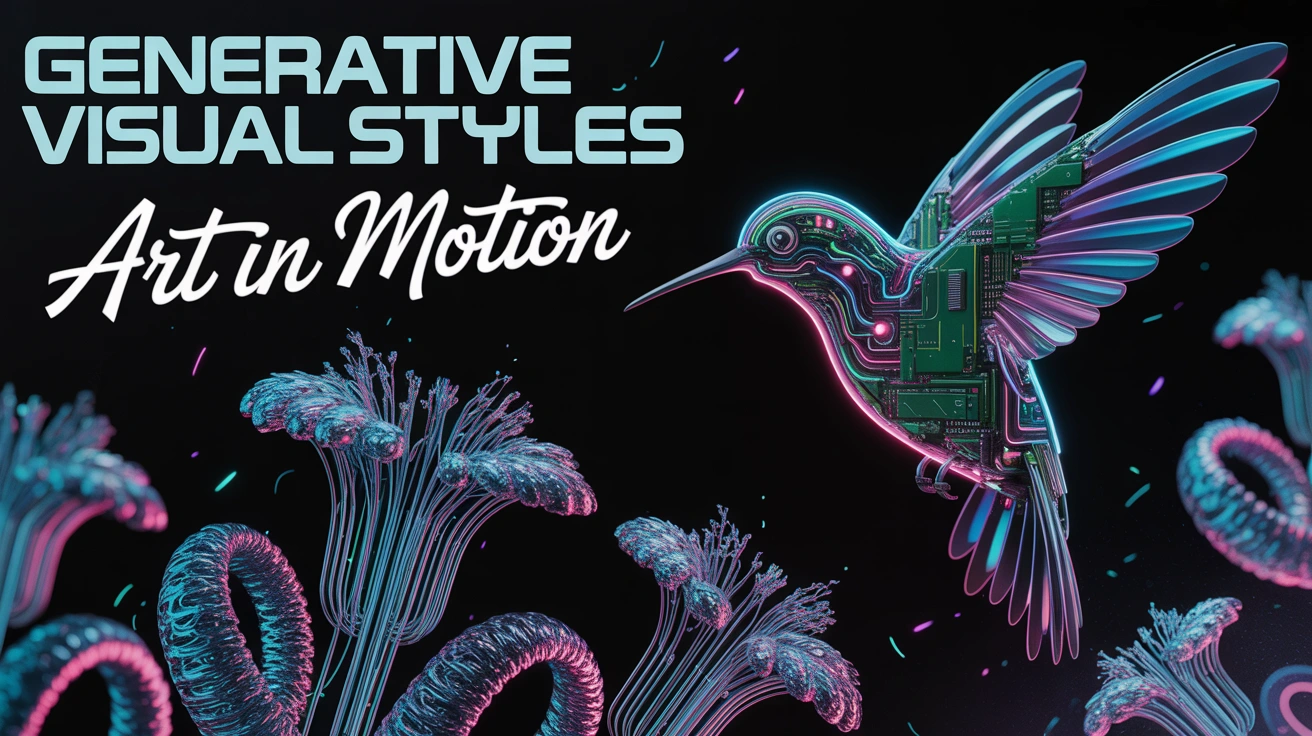
Final Cover
As people were arriving at the venue, I generated several cover options for the lecture using Ideogram.
The goal was to create a visual symbol of the event — combining natural flow and organic patterning with a contemporary sense of clarity and structure.
The final image captured exactly what I was aiming for:
an interplay of soft, layered textures and precise typography — reflecting how generative tools can translate intuition into form.
It set the right mood from the first glance — calm, smart, and alive.
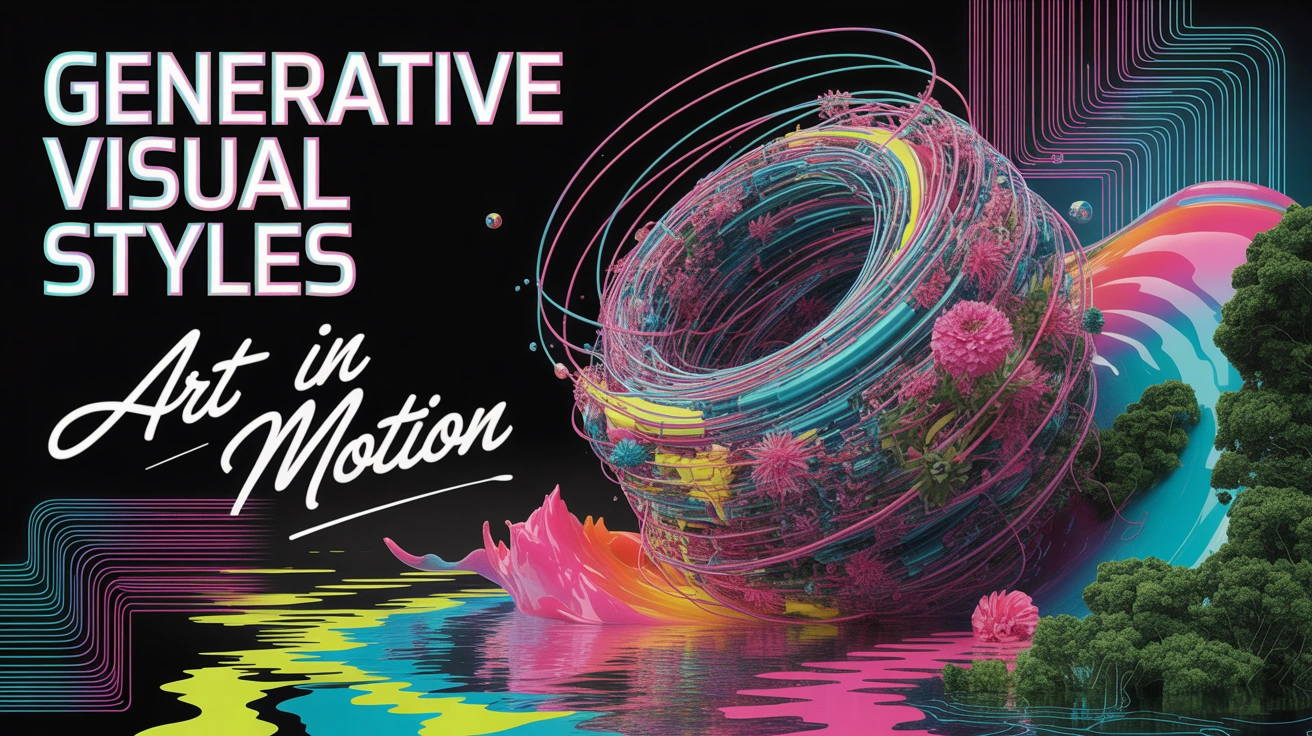
Cover Draft
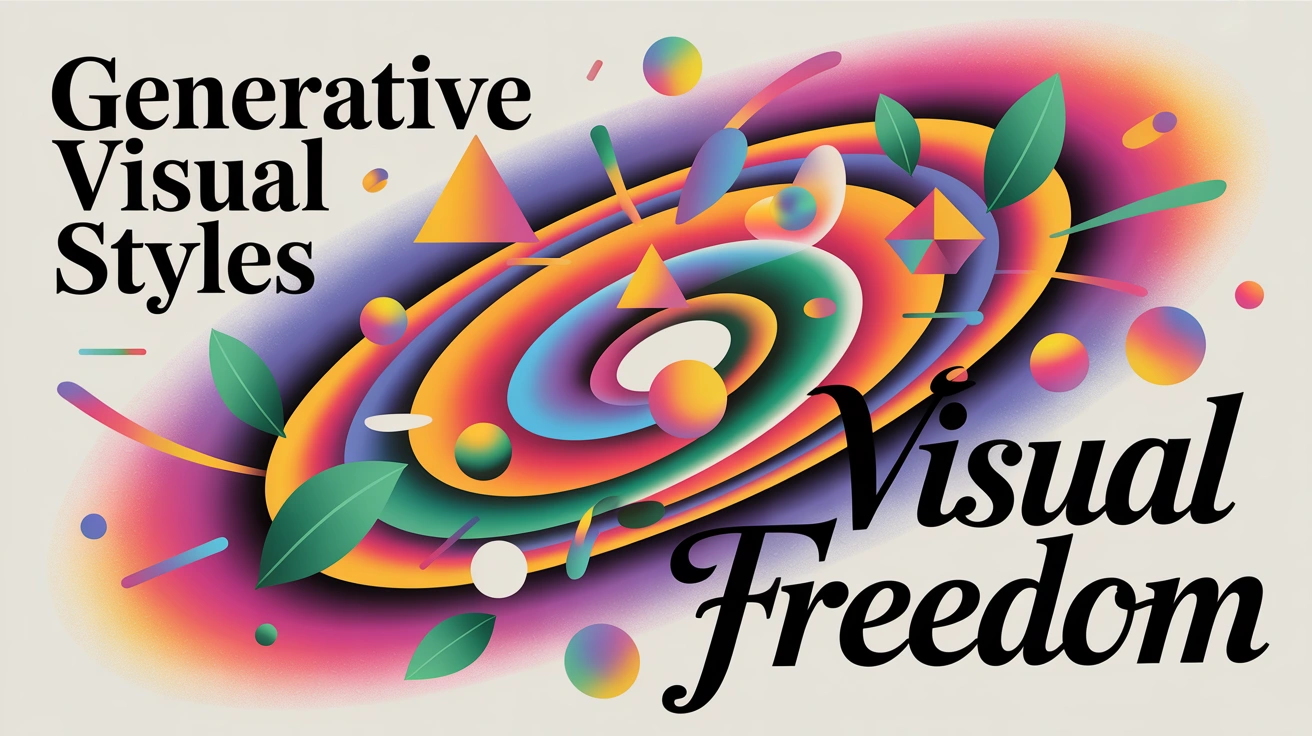
Cover Draft
Style Introduction through a Single Object

Sphere in Holographic Style | Made in Ideogram
Style Introduction through a Single Object
To help the audience grasp what style really is, I started with a neutral form — a sphere.
I generated the same object in multiple visual styles, each one showcasing a unique atmosphere, logic, and cultural influence.
This made the idea of “style” visual and relatable, and opened the way to discuss its key components:
form, texture, color palette, rhythm, typography, references, and emotional tone.
I used Ideogram for this task — it’s great at interpreting and generating a wide range of styles, and allows you to anchor your own, using references and custom palettes. It’s especially powerful when teaching, because it can reproduce a visual language consistently.
To involve the audience, I asked them to identify the styles and reflect on why they recognized them — what visual cues triggered familiarity.
This exercise shifted the focus from just looking at images to understanding how style communicates, and what makes it work.
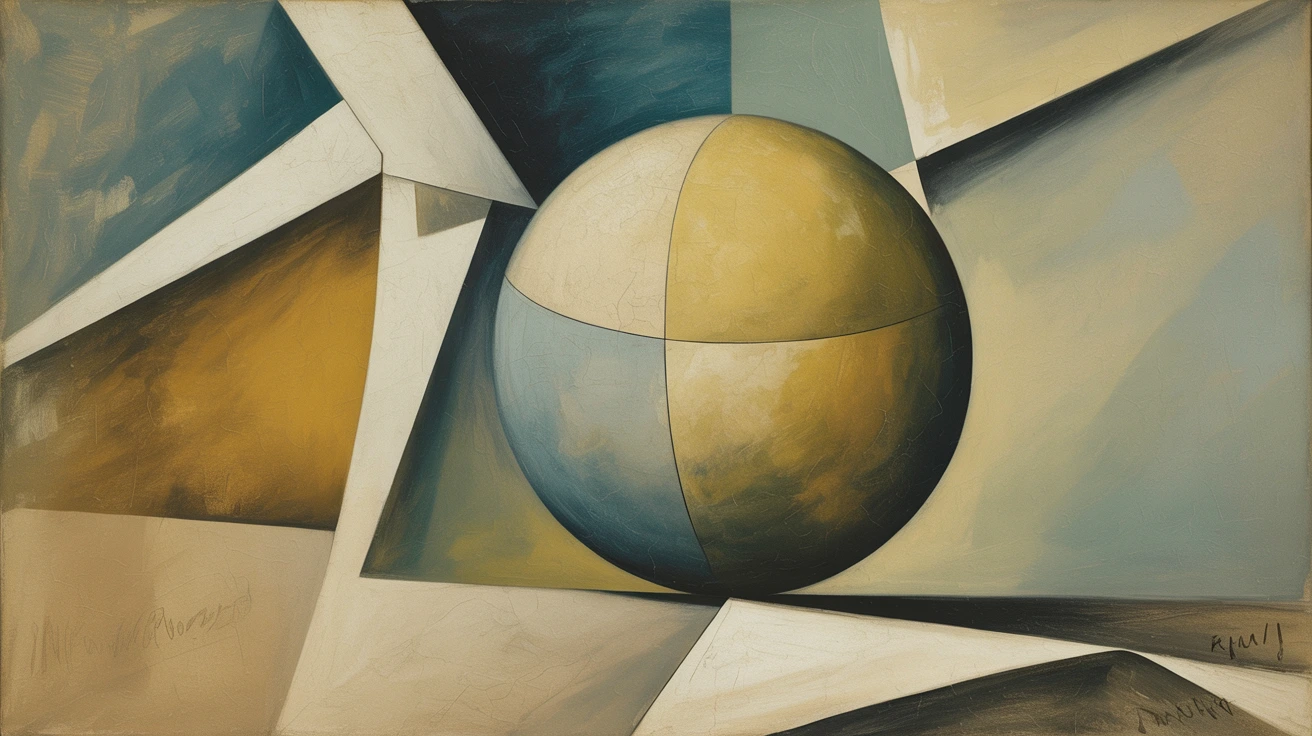
Sphere in Cubist Style
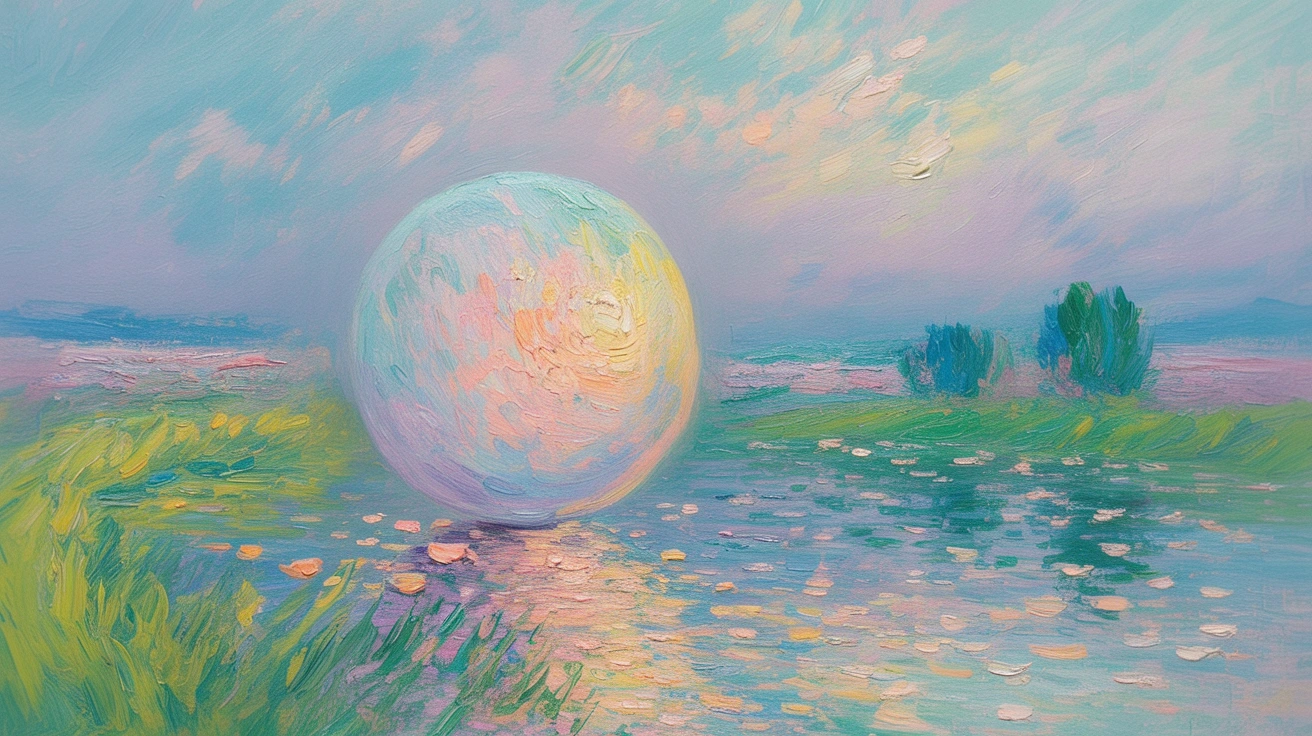
Sphere in Impressionist Style
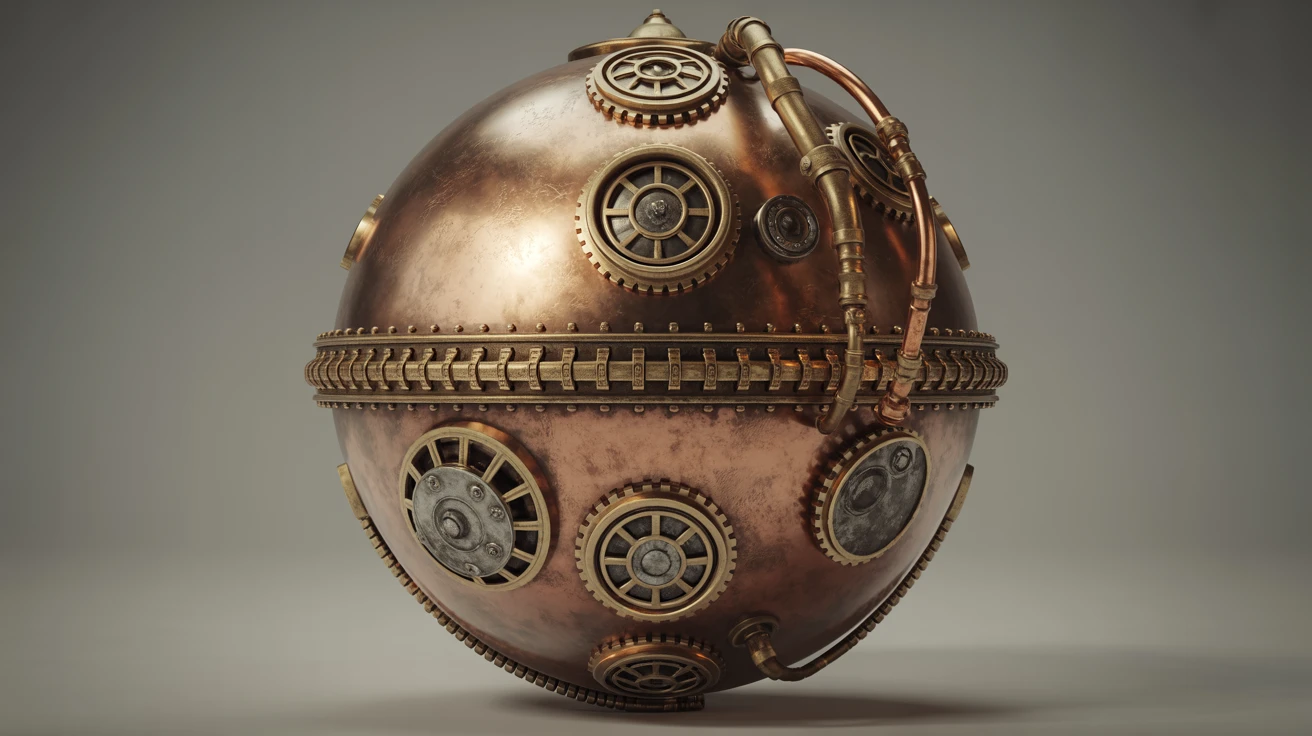
Sphere in SteamPunk Style
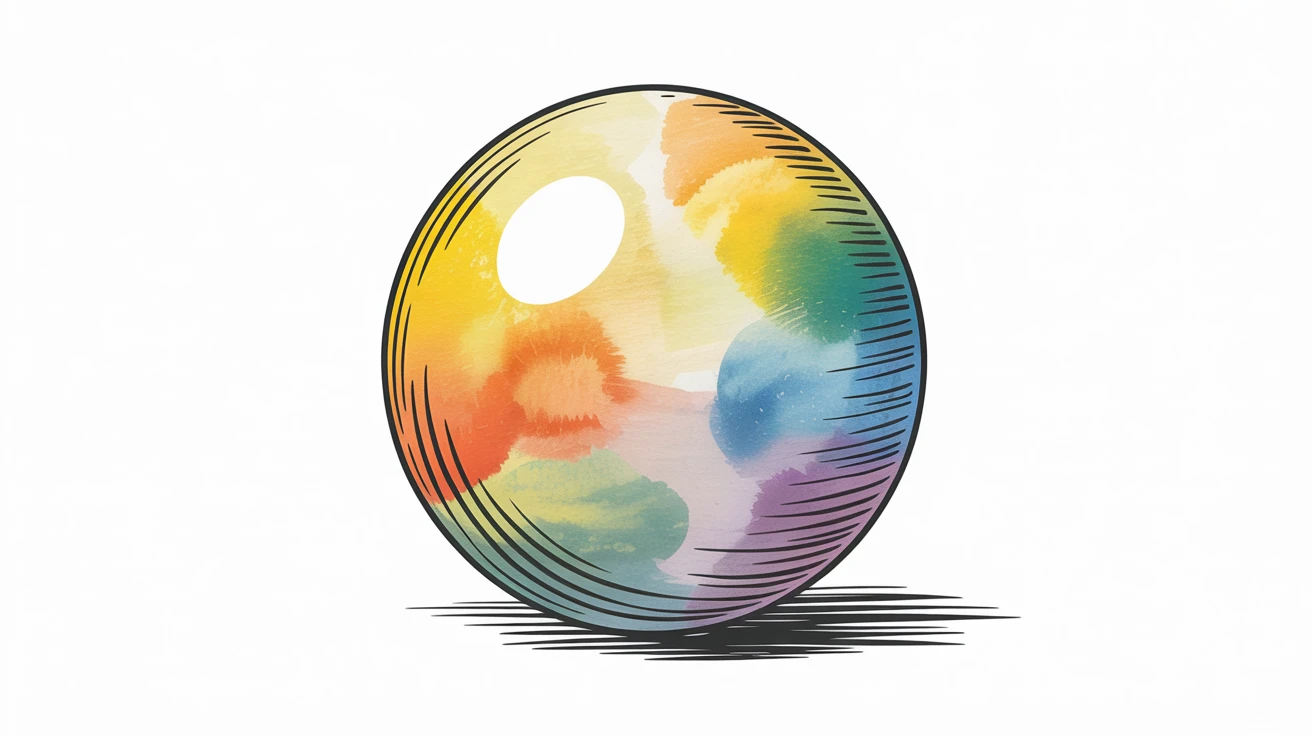
Sphere as Illustration
Co-Creating a Moodboard
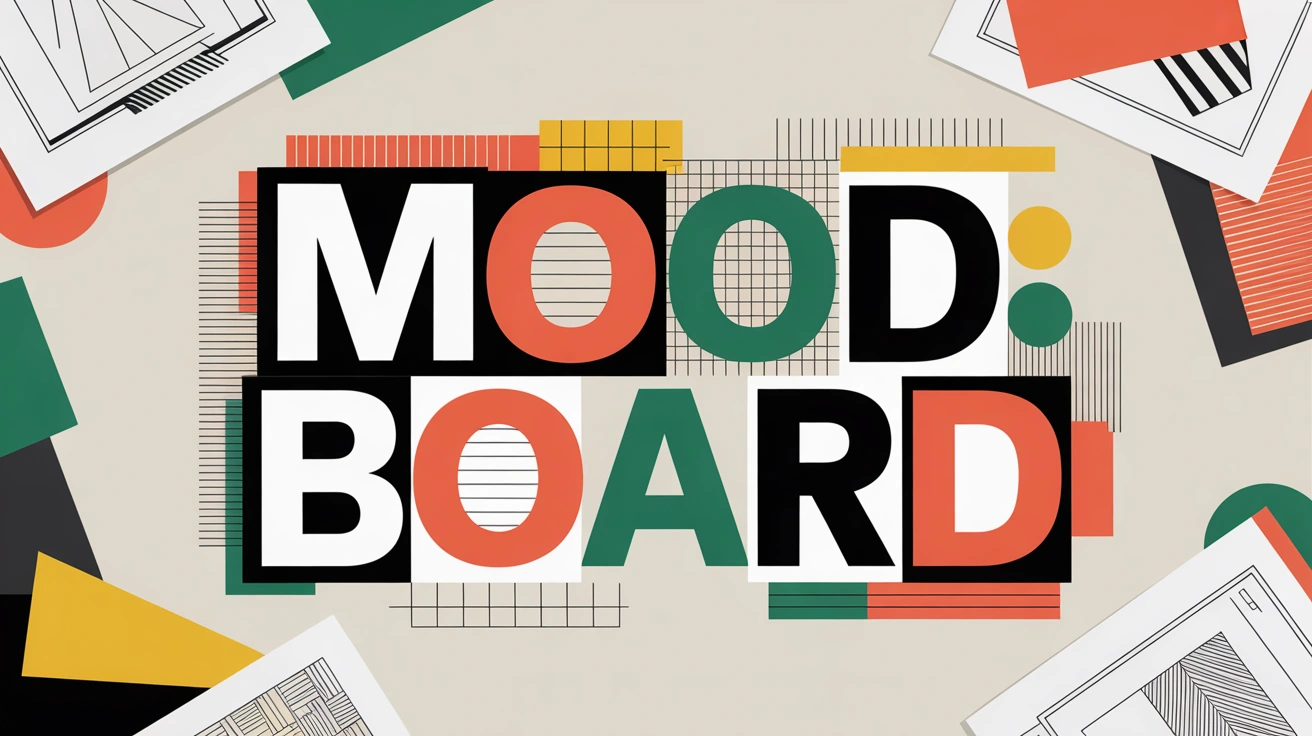
To visually define the atmosphere of Dilijan, we started by creating a collective moodboard using Midjourney.
Participants shared their associations — natural textures, cultural references, light, architecture, and emotions linked to the town. These inputs were turned into prompt-driven visuals in real time.
This step helped translate intangible feelings into concrete imagery, setting the foundation for a consistent visual direction.
Midjourney served as a fast, inspiring way to visualize abstract moods — creating alignment before moving on to more structured design elements.
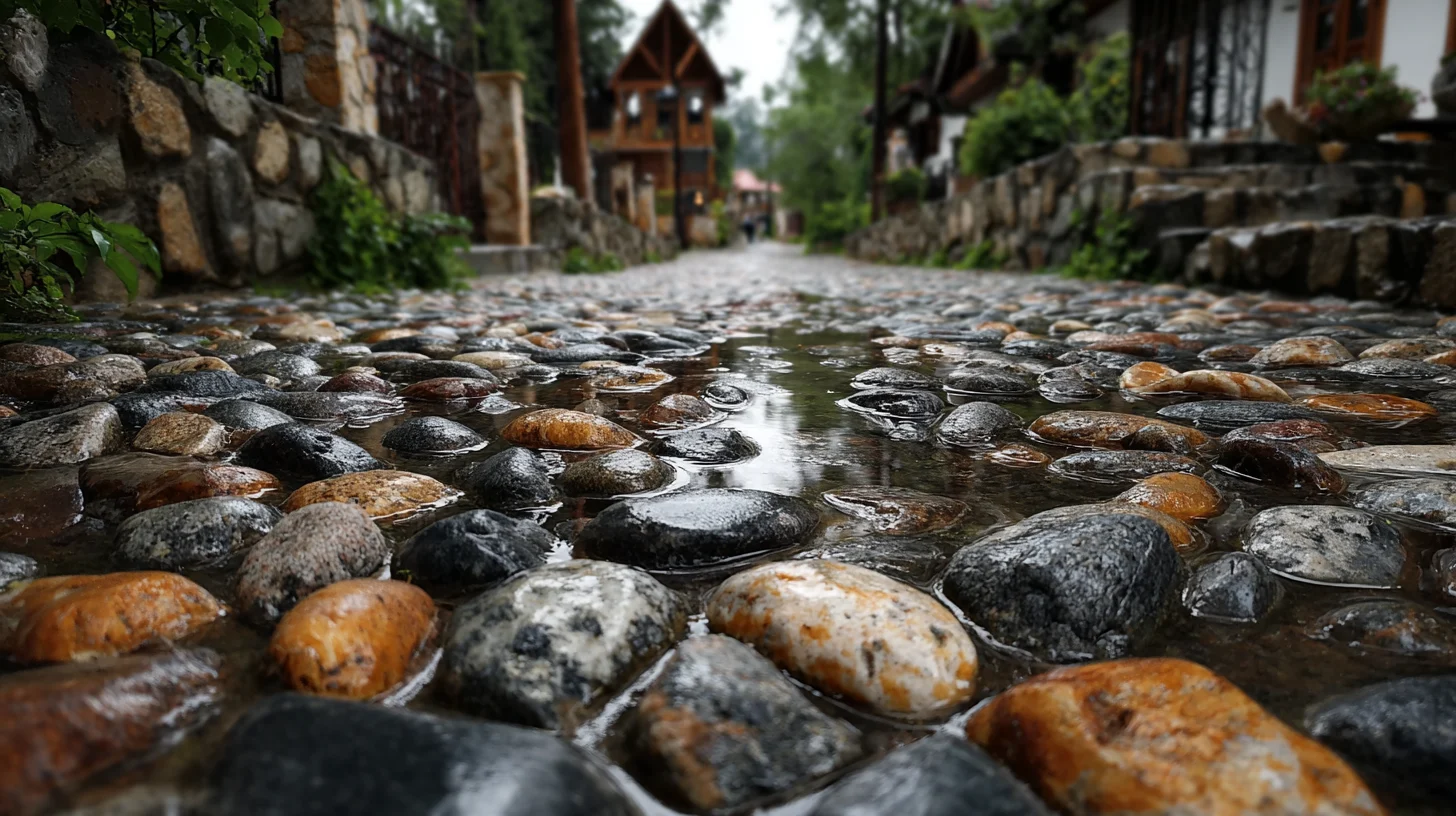
MoodBoard
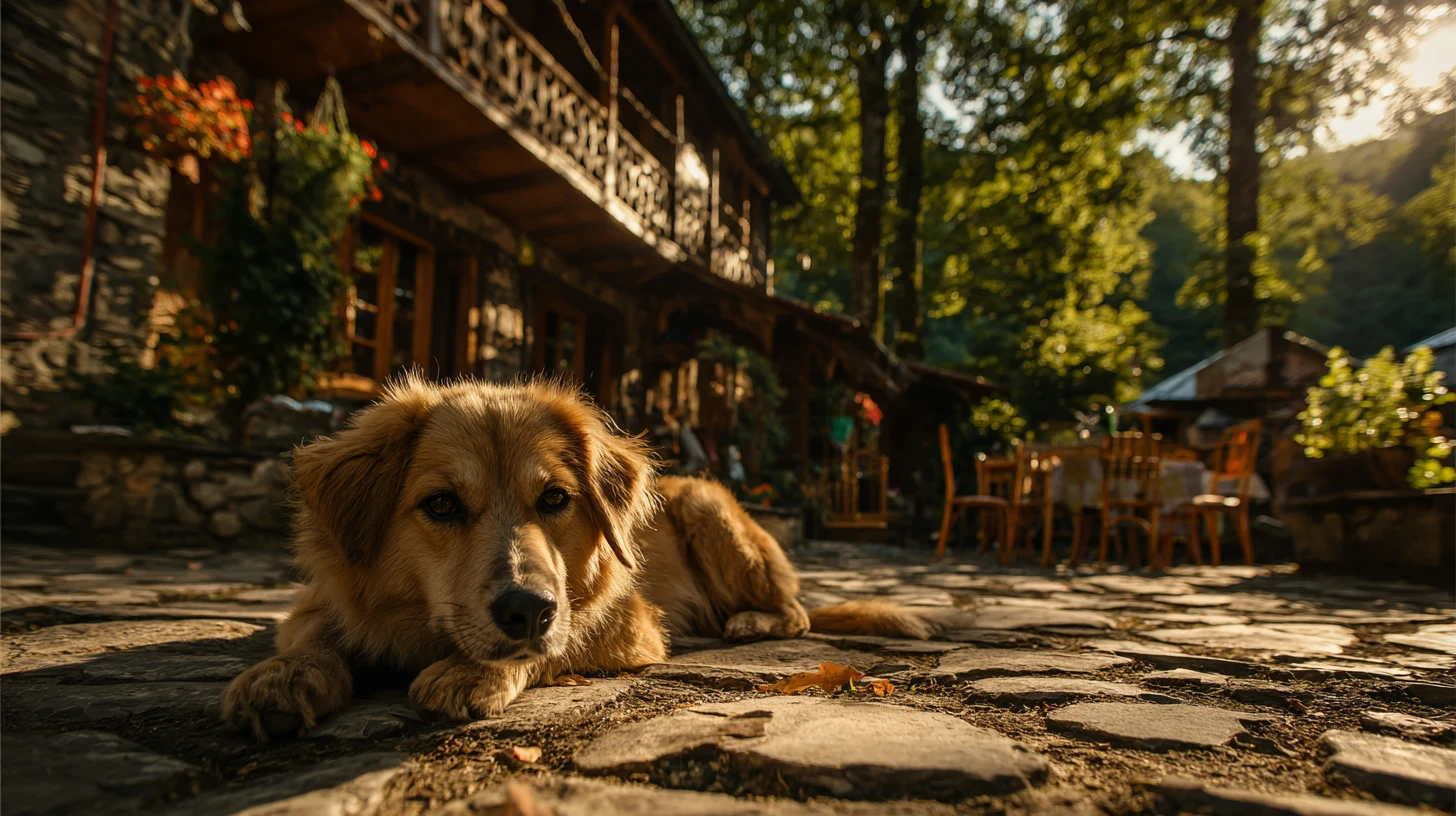
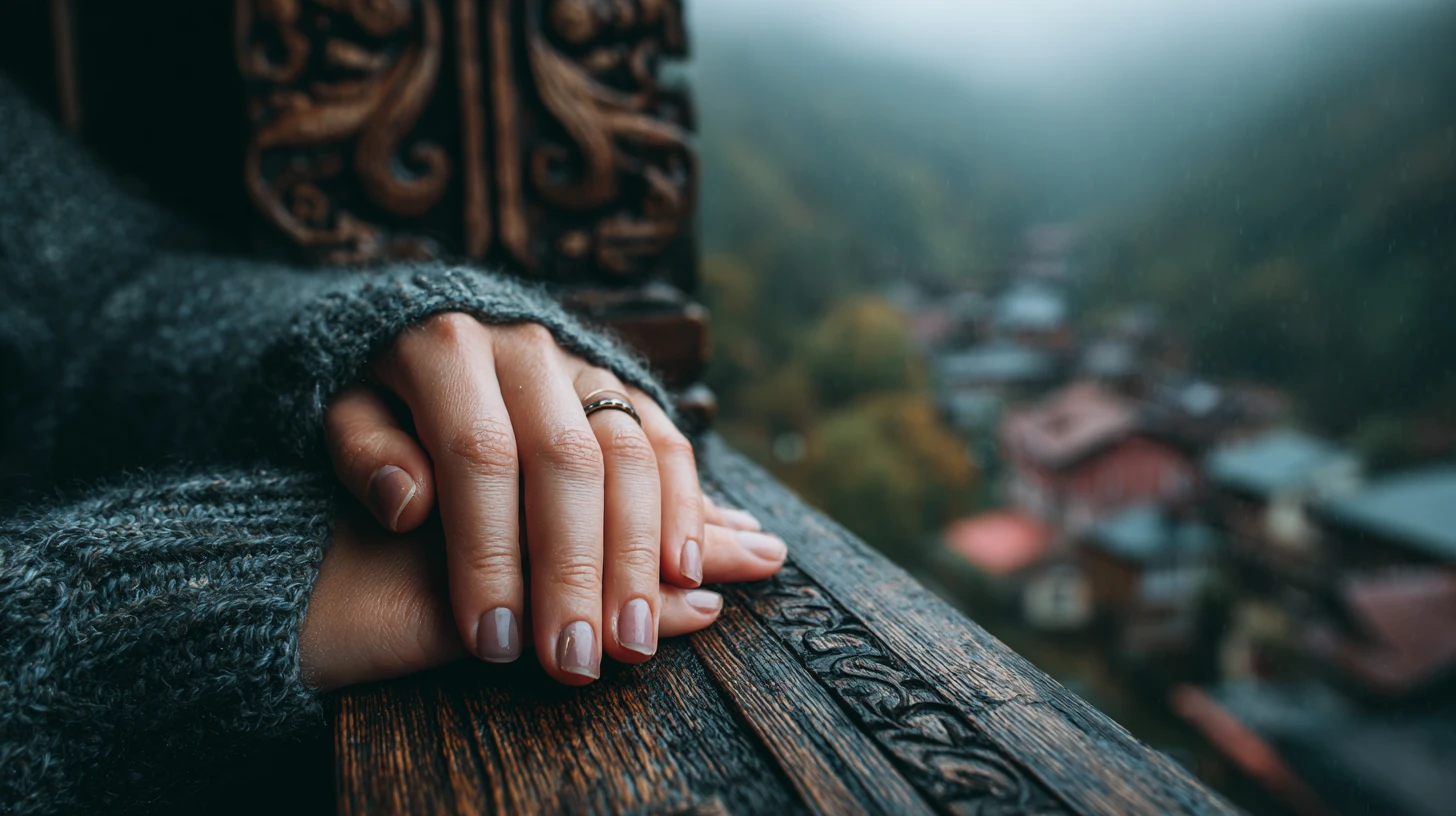
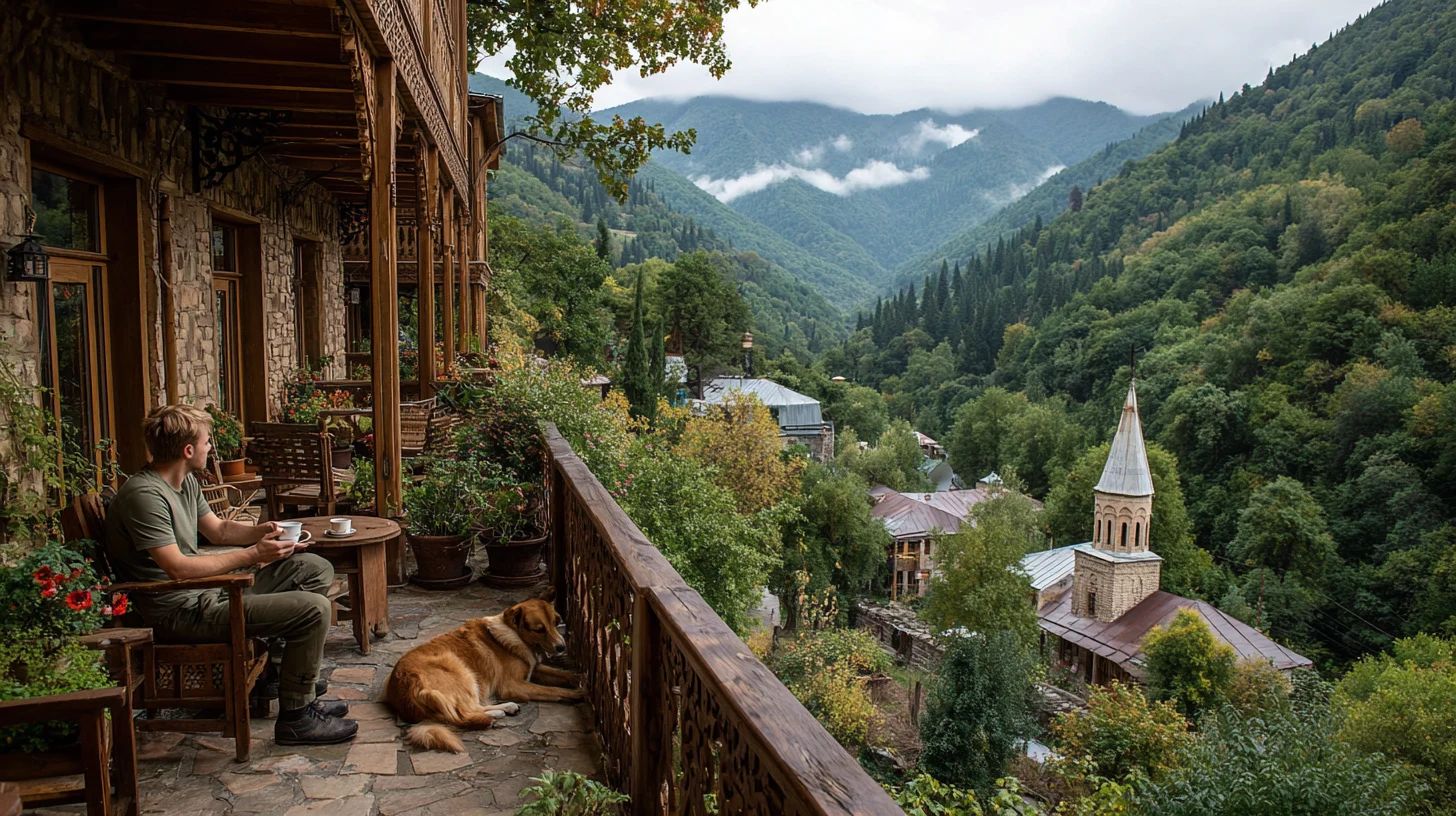

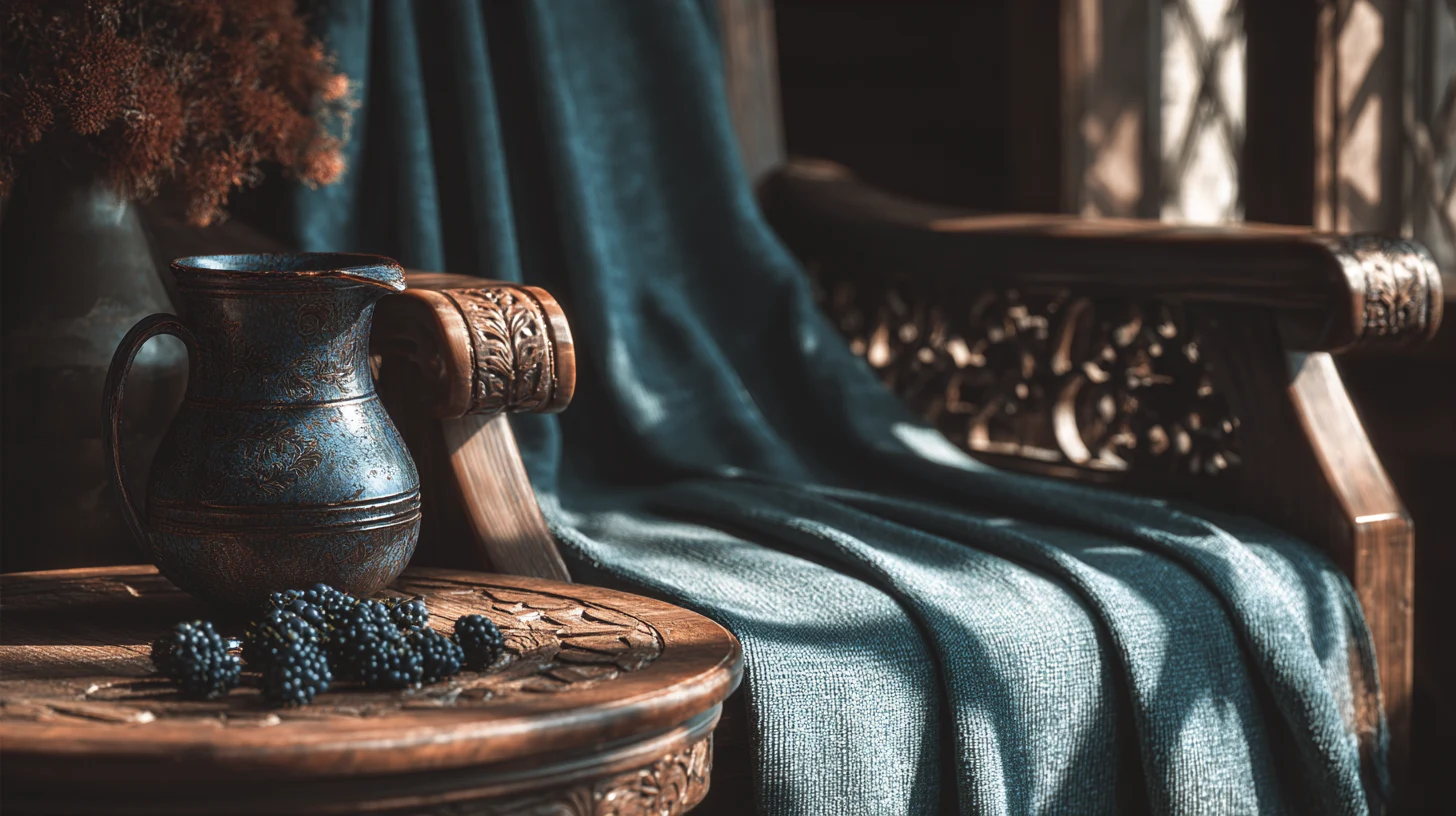
Visual Identity Assets in Ideogram
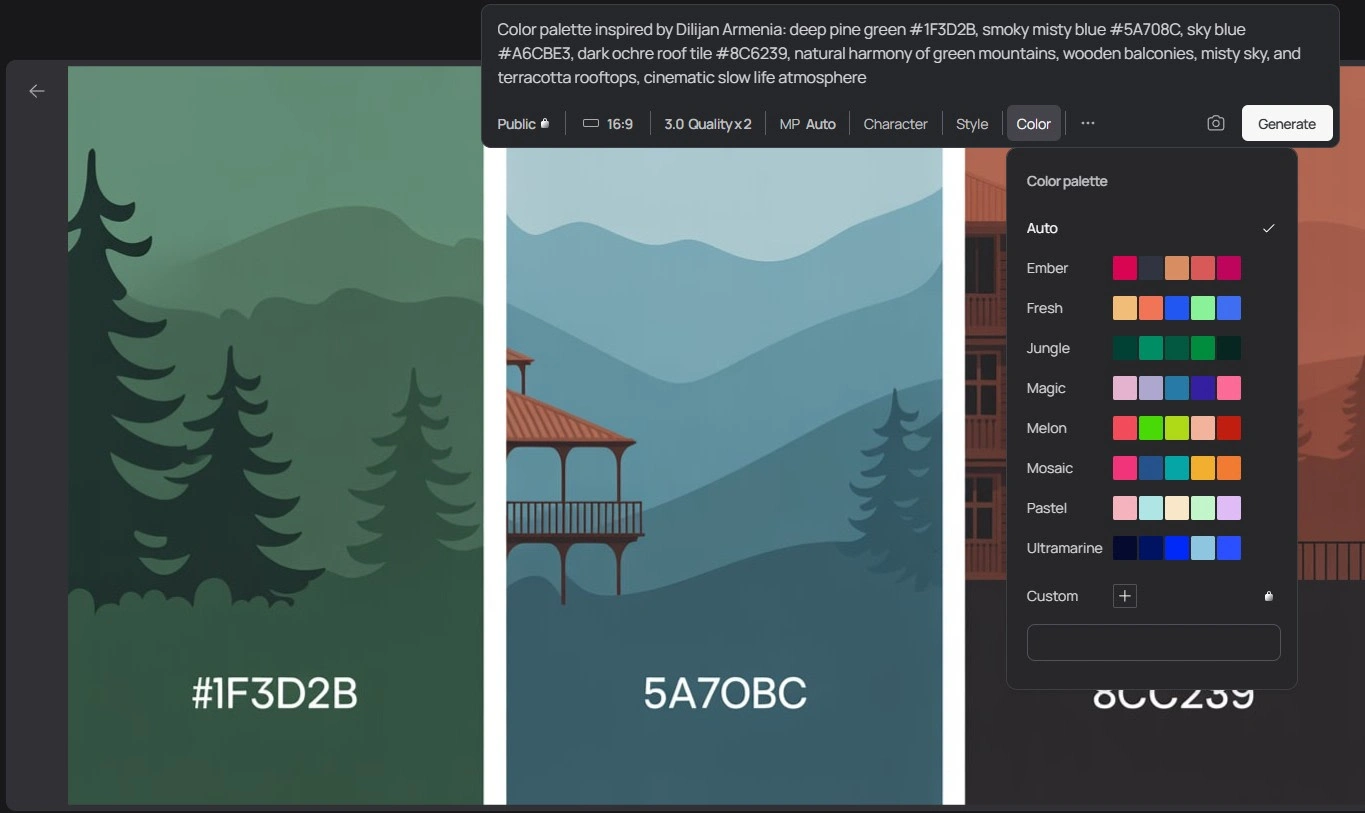
With the moodboard as a foundation, we moved to Ideogram to create elements that required precise layout and typography — such as logos, banners, and color systems.
Ideogram proved especially useful here.
It allowed us to:
Work with specific color palettes
Maintain consistent visual language
Control composition and element placement with accuracy
We used it to create welcoming banners for arriving guests, as well as several test logo variations based on our shared visual direction.
This phase demonstrated how generative tools can move from free-form exploration to clear, brand-ready outputs — without losing the original intent.
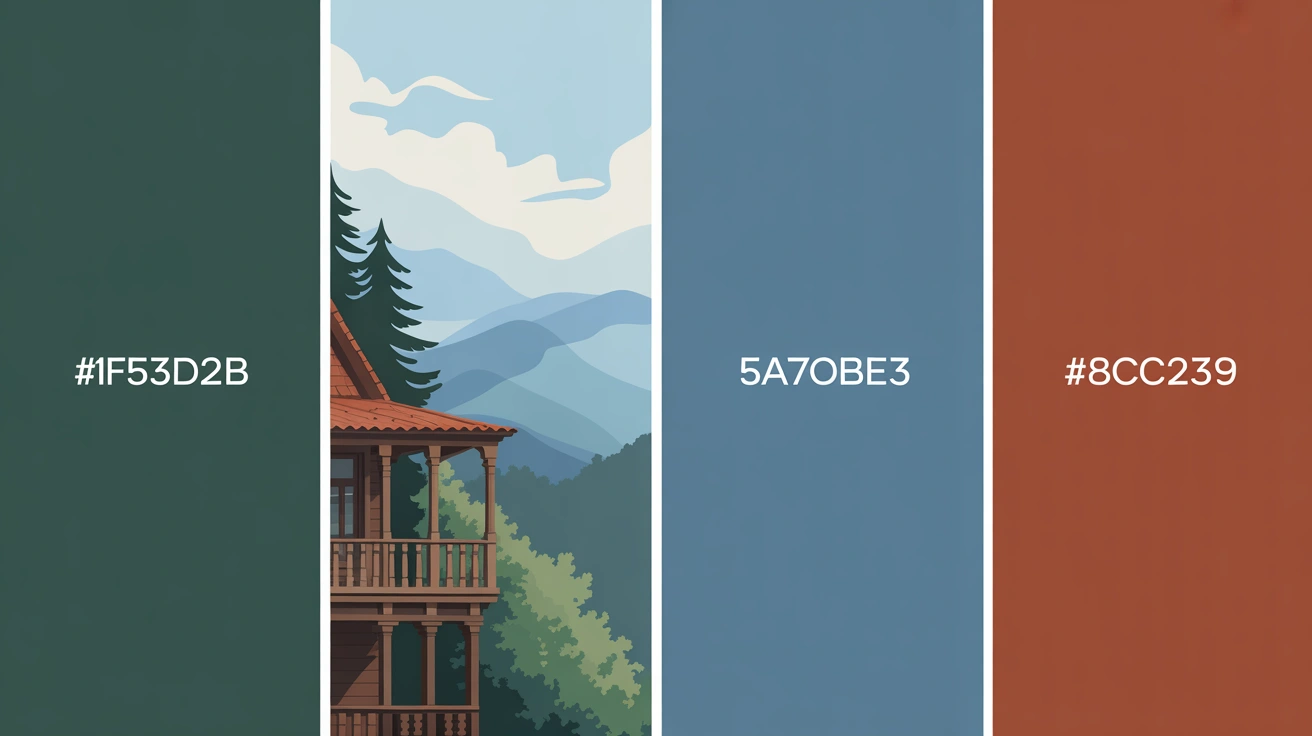
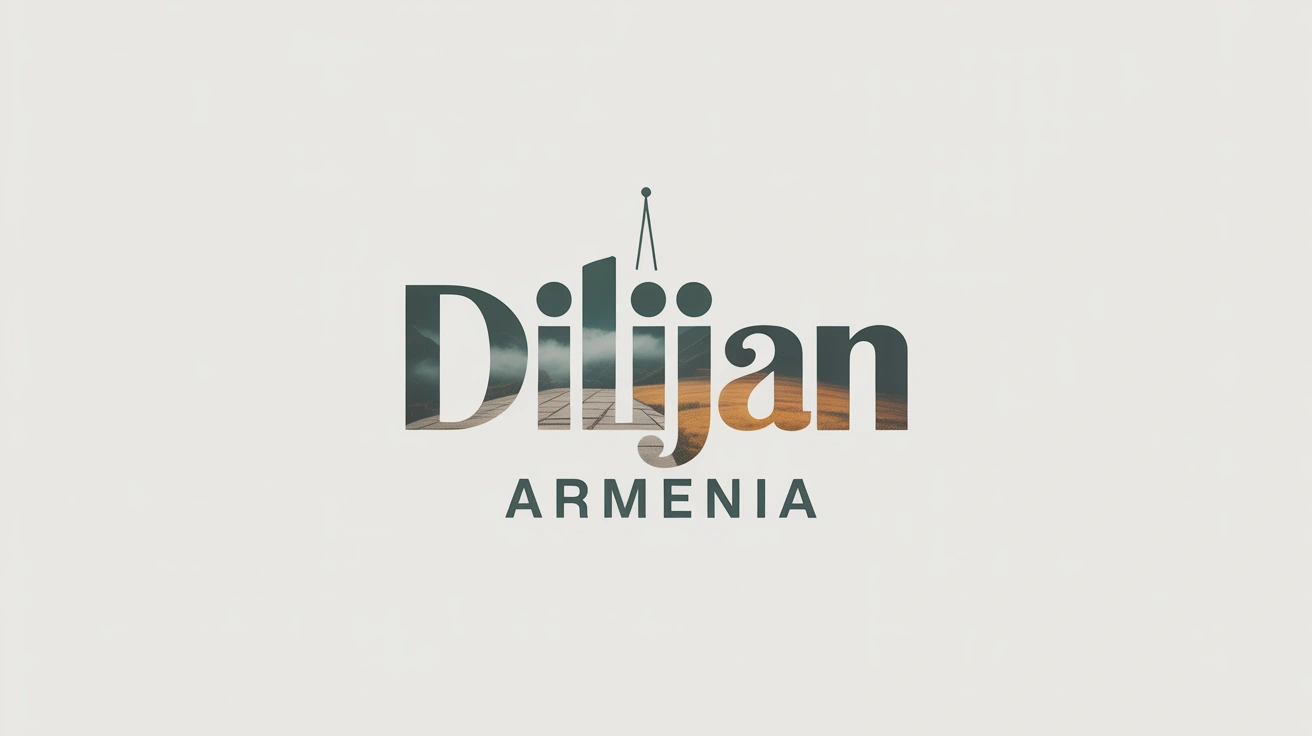
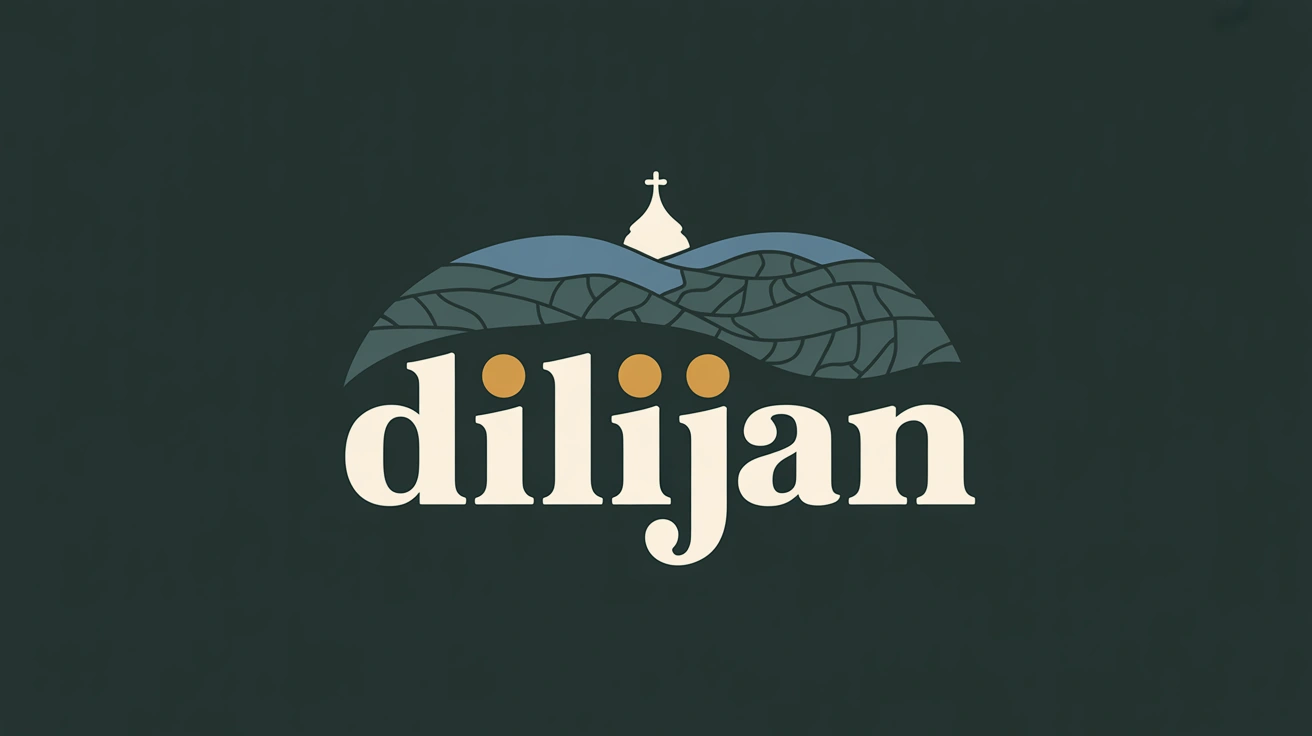
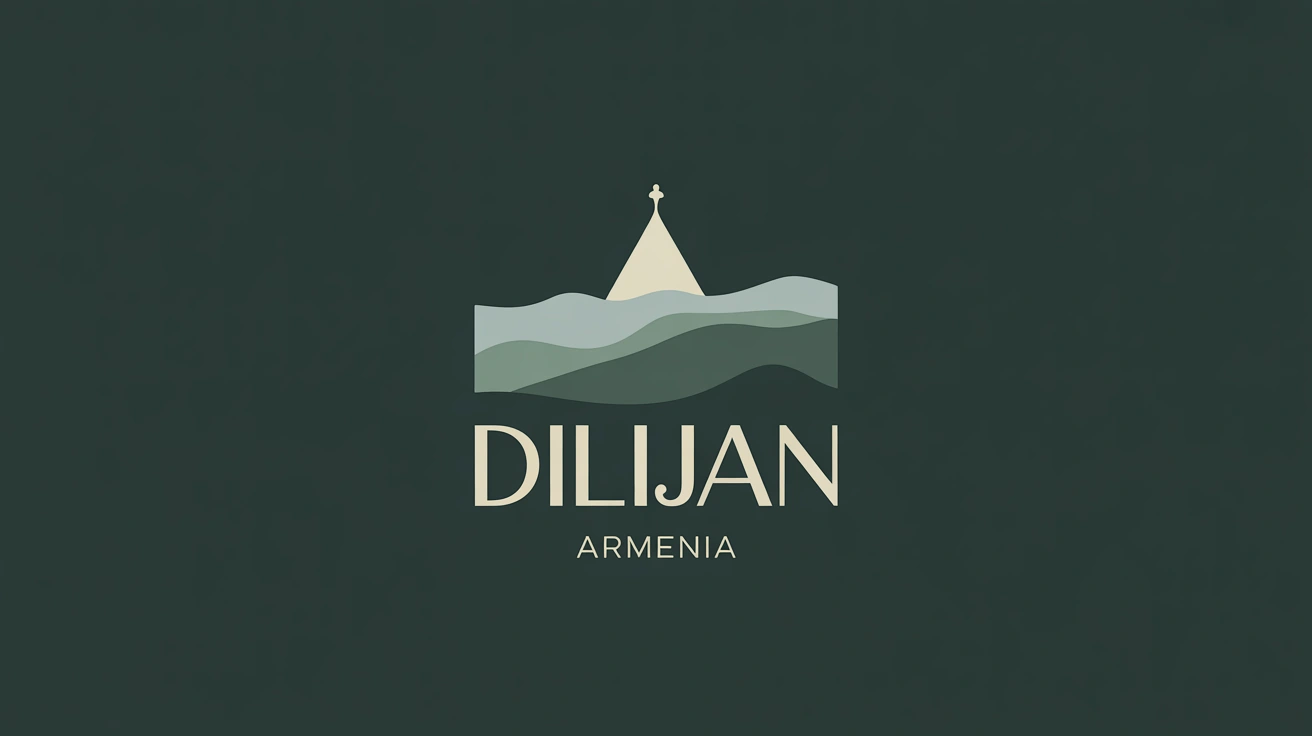
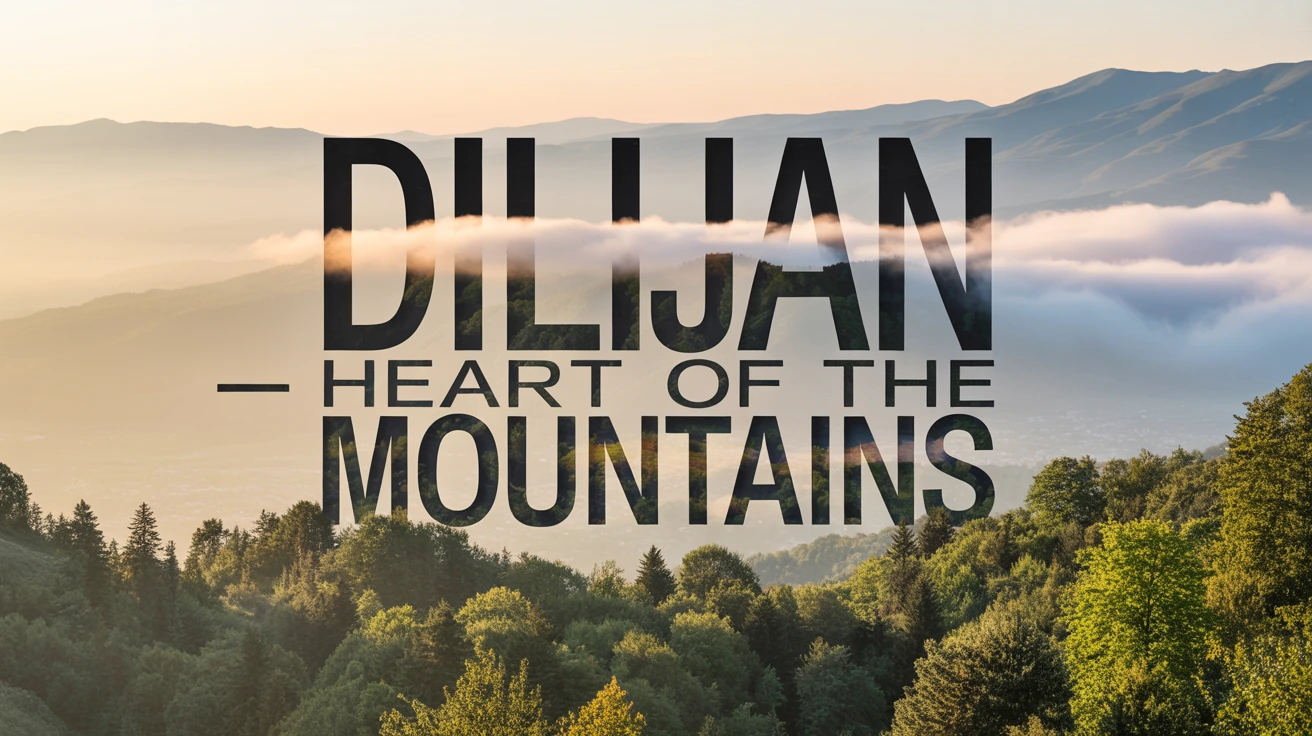
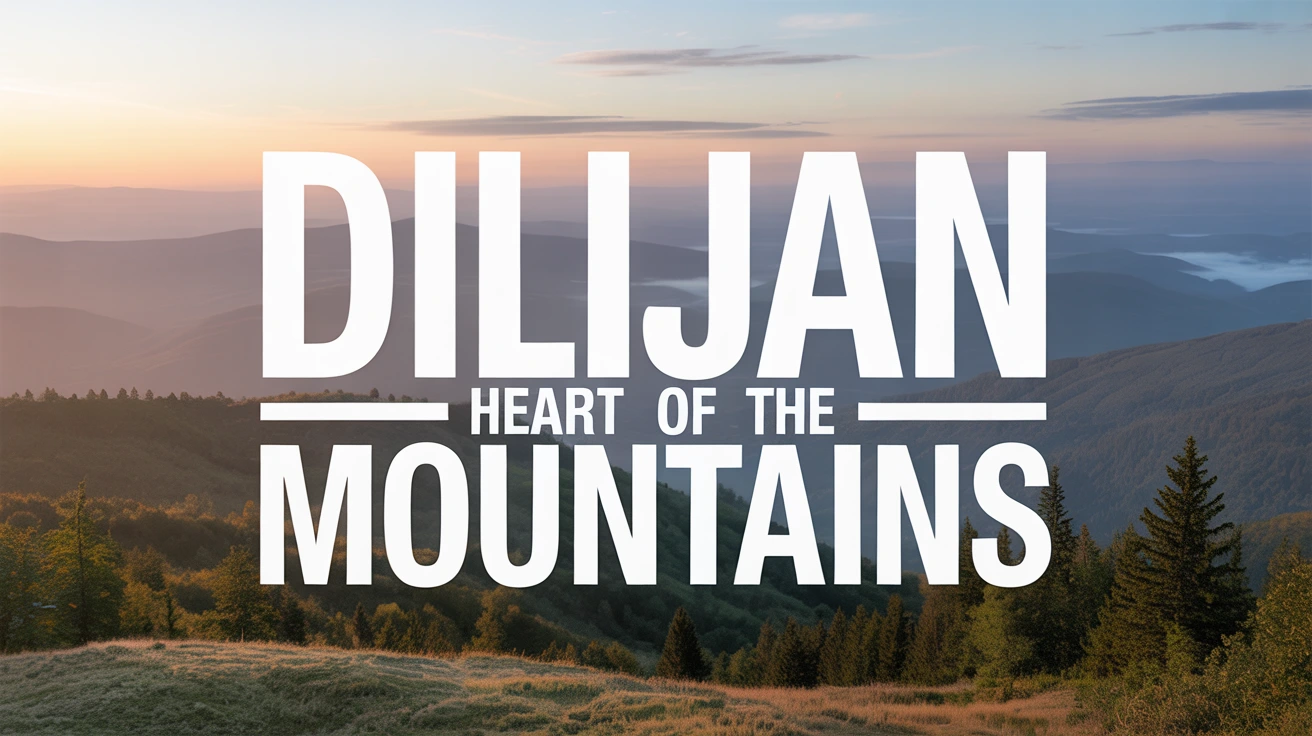
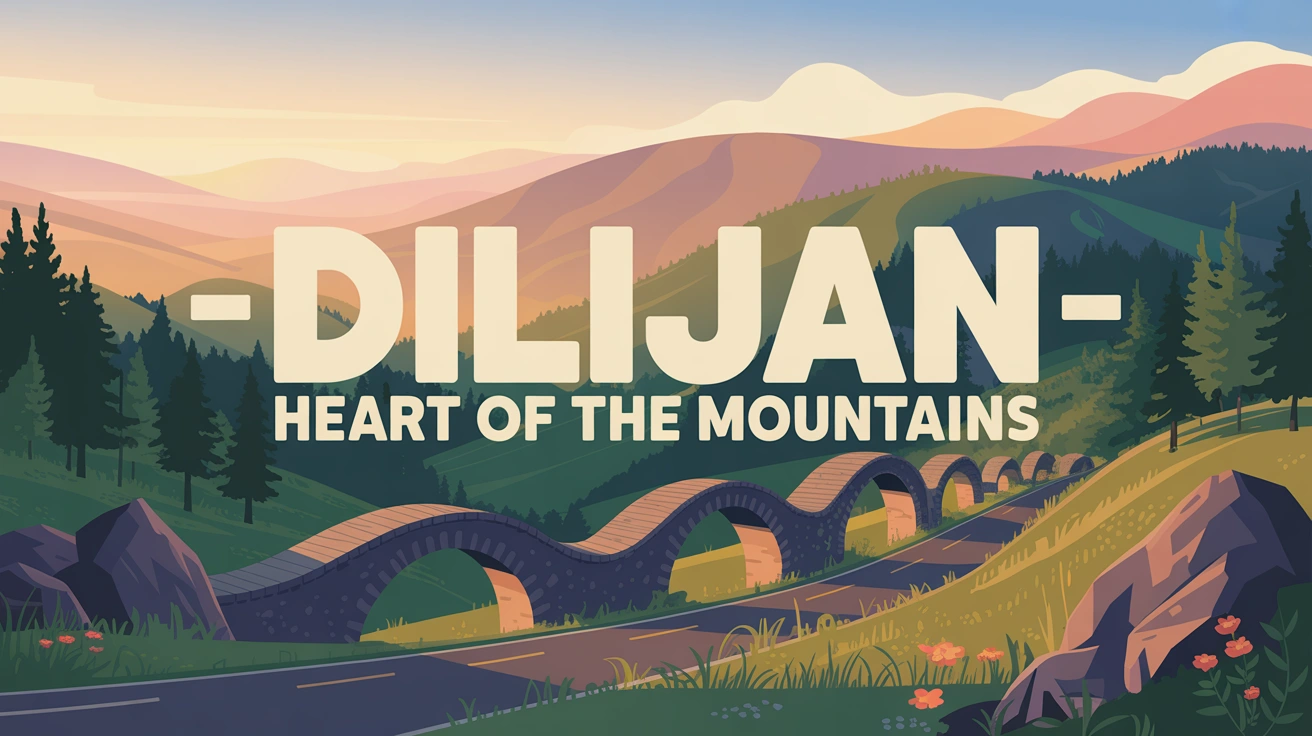
Generative Tools as Creative Partners
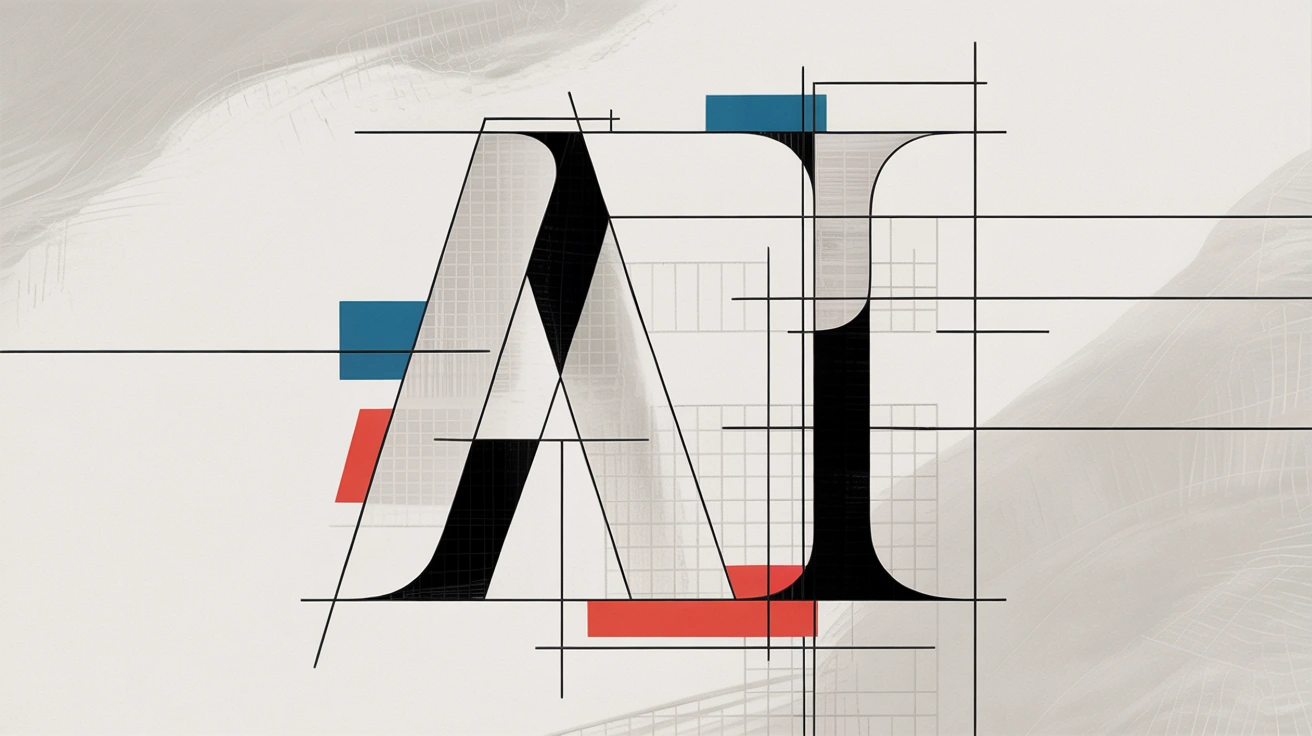
This project wasn’t just about visuals — it was about showing how AI can support human intention in the creative process.
From abstract ideas to structured design, each tool had its place:
Midjourney for emotional exploration,
ChatGPT for shaping language and logic,
Ideogram for clarity, typography, and design precision.
The process was collaborative at every stage — with participants shaping not only the content, but the direction, mood, and identity of the work.
AI didn’t replace creativity — it amplified it, made it faster, more visual, and more shareable.
In the end, we created not just a set of lecture materials — but a practical demonstration of how modern tools can turn ideas into identity.
And that, I believe, is where education and branding meet.
Like this project
Posted Aug 5, 2025
Developed a full set of visual materials for a live lecture on generative branding using Midjourney, ChatGPT and Ideogram.
Likes
0
Views
15
Timeline
Jul 23, 2025 - Jul 25, 2025

